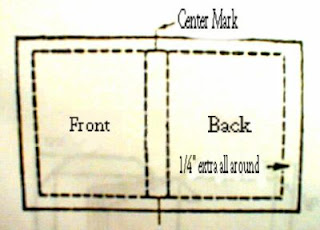

TLE 70
METALWORKS & WELDING
Metalworking is the process of working with metals to create individual parts, assemblies, or large scale structures. The term covers a wide range of work from large ships and bridges to precise engine parts and delicate jewellery. It therefore includes a correspondingly wide range of skills, processes, and tools.Metalworking is a science, art, hobby, industry and trade. Its historical roots span cultures, civilizations, and millennia. Metalworking has evolved from the discovery of smelting various ores, producing malleable and ductile metal useful for tools and adornments.
Welding is a fabrication or sculptural process that joins materials, usually metals or thermoplastics, by causing coalescence. This is often done by melting the workpieces and adding a filler material to form a pool of molten material (the weld pool) that cools to become a strong joint, with pressure sometimes used in conjunction with heat, or by itself, to produce the weld. This is in contrast with soldering and brazing, which involve melting a lower-melting-point material between the workpieces to form a bond between them, without melting the workpieces. Many different energy sources can be used for welding, including a gas flame, an electric arc, a laser, an electron beam, friction, and ultrasound. While often an industrial process, welding can be done in many different environments, including open air, under water and in outer space. Regardless of location, however, welding remains dangerous, and precautions are taken to avoid burns, electric shock, eye damage, poisonous fumes, and overexposure to ultraviolet light. This subject is very challenging especially to girls because the lessons and our laboratory works is a man's usual work. Our project is a metal dust pan.
 STEPS in making a METAL DUST PAN:
STEPS in making a METAL DUST PAN:
1. Prepare a plain sheet.
2. Measure the width and length according to what you like.
4. Assemble the dust pan and attach holder. The holder can be metal or wood.
In Metalworks and Welding safety precautions should be observed to avoid accident. Wear or use the laboratory outfit and be observant on what to use in a certain activity and how to use it.
TLE 30
ARCHITECTURAL DRAFTING
An architectural drafting or architectural drawing or architect's drawing is a technical drawing of a building (or building project) that falls within the definition of architecture. Architectural drawings are used by architects and others for a number of purposes: to develop a design idea into a coherent proposal, to communicate ideas and concepts, to convince clients of the merits of a design, to enable a building contractor to construct it, as a record of the completed work, and to make a record of a building that already exists.
Orthographic projection (or orthogonal projection) is a means of representing a three-dimensional object in two dimensions. It is a form of parallel projection, where all the projection lines are orthogonal to the projection plane, resulting in every plane of the scene appearing in affine transformation on the viewing surface. It is further divided into multiview orthographic projections and axonometric projections. A lens providing an orthographic projection is known as an (object-space) telecentric lense.
The term orthographic is also sometimes reserved specifically for depictions of objects where the axis or plane of the object is also parallel with the projection plane, as in multiview orthographic projections.This major is fun and difficult. The criteria of our projects are the speed, neatness, accuracy and projection.

Orthographic projection has its top view, front view and right side- view.It is also called engineering drawings or plans.An orthographic is one way to describe a three dimensional object in two-dimensional space. This is used in constructing buildings or houses.
TLE 90
BASIC ELECTRONICS

The transformer steps the line voltage up or down by the "turns ratio", which can be changed. One of the rectifier diodes conducts during the positive half-cycle and the other diode conducts during the negative half-cycle, allowing the filter capacitor to charge during both half-cycles. The load current slightly discharges the filter capacitor between adjacent cycles. The resulting voltage fluctuation (ripple) is one-half what it is with a half-wave rectifier.

























